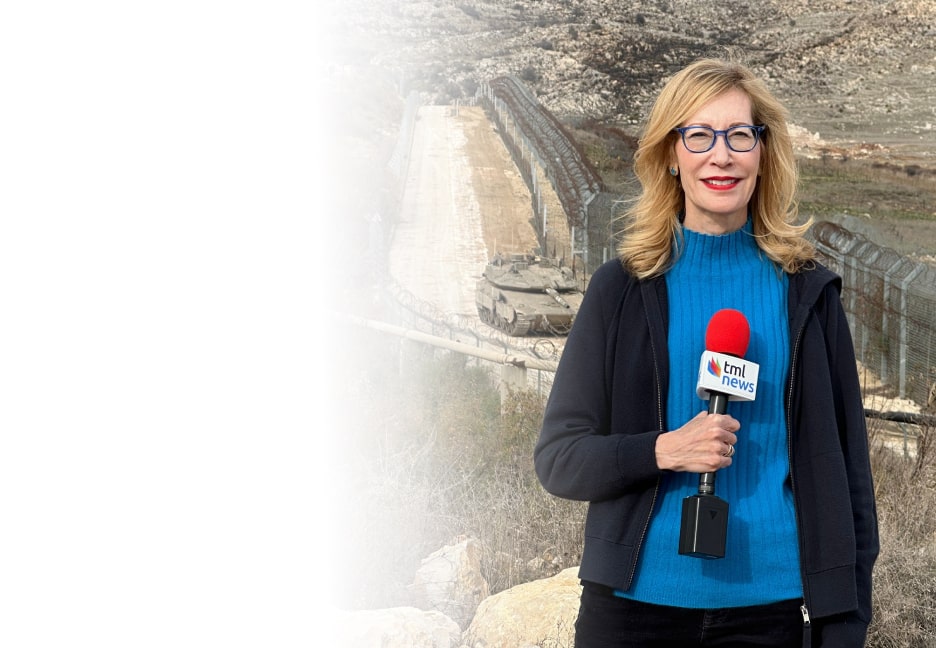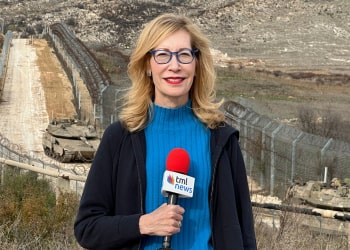Gaza Aid Group Defended by US, Criticized by UN
A controversial US-backed aid initiative in Gaza is drawing fierce debate over its methods and implications for civilian safety. In her detailed report, Giorgia Valente explores the operations of the Gaza Humanitarian Foundation (GHF), a private, US-funded group that coordinates closely with the Israeli military and operates outside the United Nations’ traditional humanitarian framework.
Launched in early 2024, the GHF runs several aid distribution hubs in southern and central Gaza, aiming to bypass political gridlock and deliver food directly to civilians. But critics—including UN agencies and Israeli rights group Gisha—argue that the foundation’s reliance on military coordination compromises neutrality and exposes civilians to danger. Human-rights advocates accuse the GHF of concentrating aid in militarized zones, forcing desperate civilians into hazardous conditions. Gisha spokesperson Shai Grunberg told The Media Line the system has become a “death trap,” leading to hundreds of deaths and injuries.
This holiday season, give to:
Truth and understanding
The Media Line's intrepid correspondents are in Israel, Gaza, Lebanon, Syria and Pakistan providing first-person reporting.
They all said they cover it.
We see it.
We report with just one agenda: the truth.


Eyewitness reports and media investigations suggest Israeli soldiers have at times used live fire near the aid sites. Israel denies deliberate targeting of civilians and says all such incidents are under review. Meanwhile, GHF and its defenders, including retired British Colonel Richard Kemp, say the foundation fills a crucial gap left by traditional humanitarian actors and blame Hamas for disrupting other aid efforts.
The disagreement reflects broader tensions between old and new models of emergency relief, raising difficult questions about how aid can be delivered in wartime. As Valente’s reporting shows, civilians remain caught in the middle of competing systems—one grounded in international law, the other driven by realpolitik and urgency.
To understand the full complexity of this evolving humanitarian crisis, read Giorgia Valente’s full article at The Media Line.

